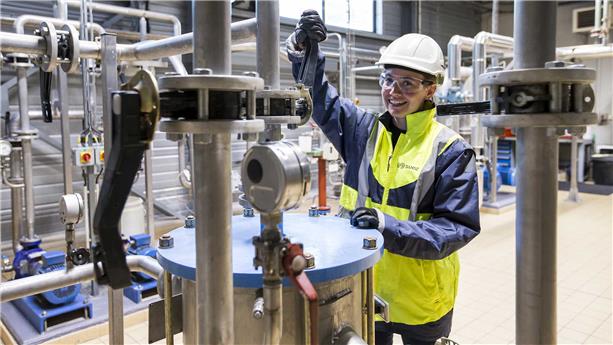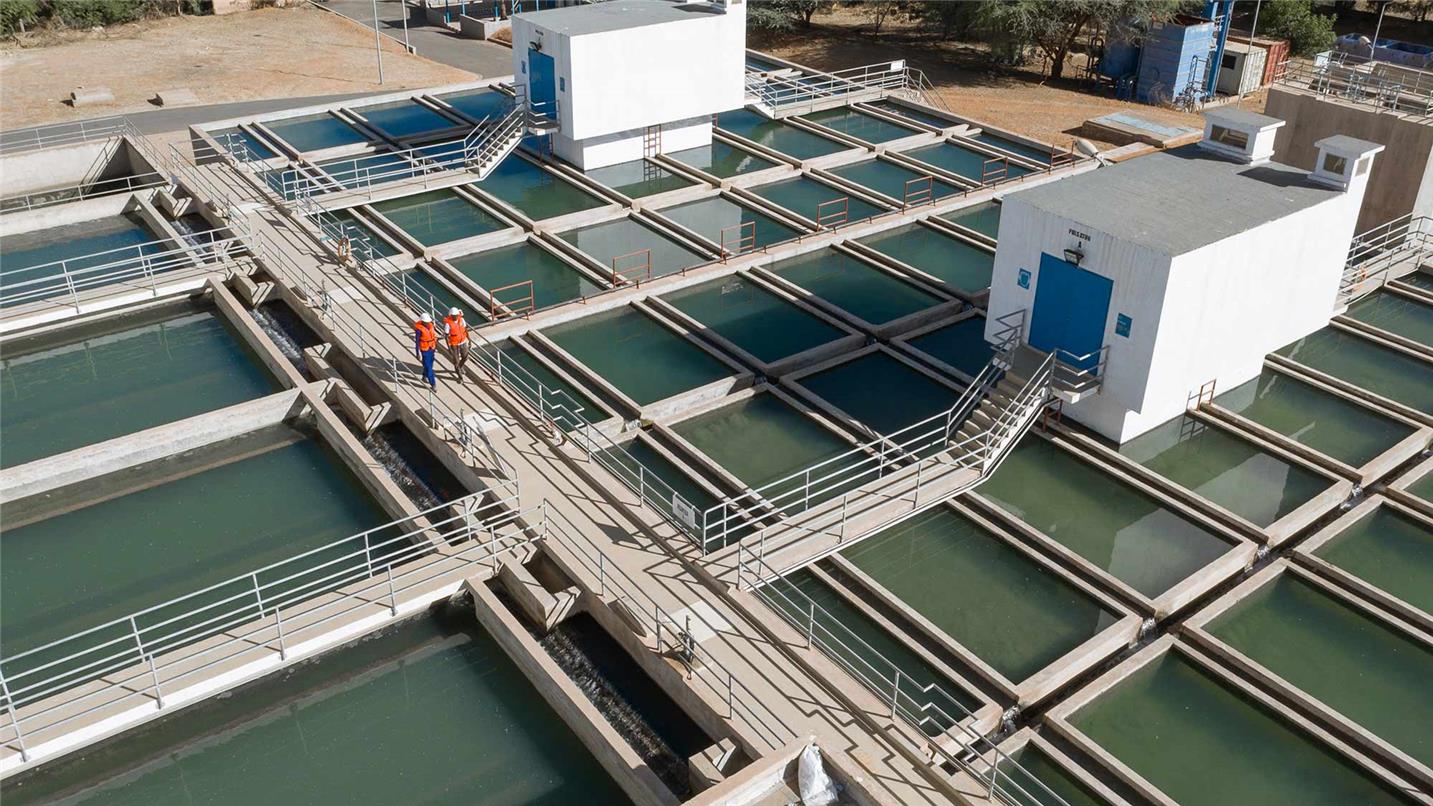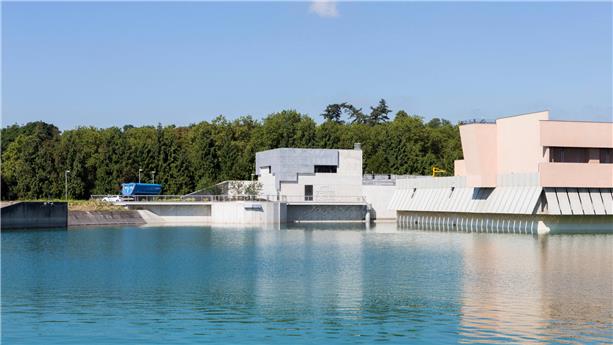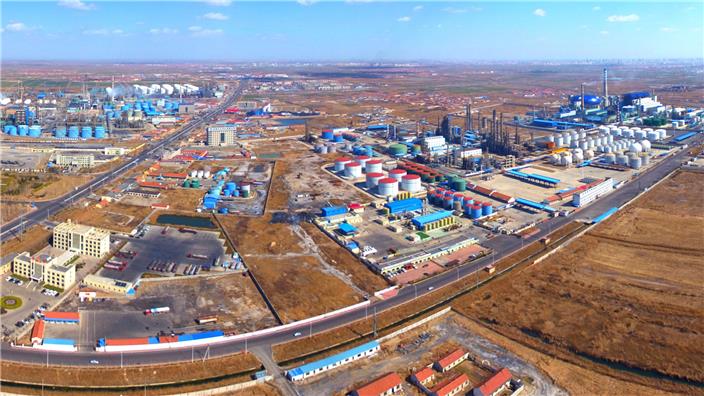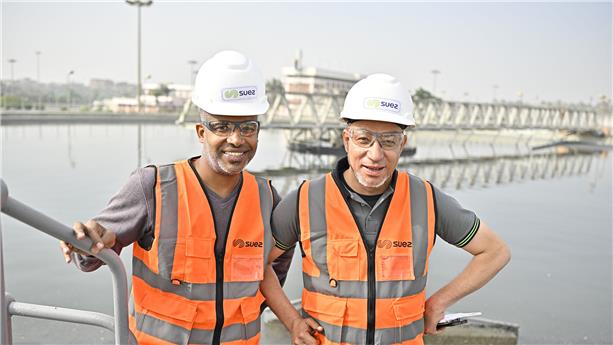
Efficient water treatment plants
The operation and maintenance of drinking water and wastewater plants is at the very heart of our business.
Our teams ensure the reliability of treatments and the continuity of service of your plants. When we do not directly manage the stations, we can provide you with adequate options aimed at optimising the management and maintenance of your installations.
Operation of drinking water production plants
Municipal wastewater plant operations
Conscious of the environment, our teams look after the quality of the water released in nature, by monitoring sludge quality and constantly choosing the best options guaranteeing efficient treatments.
Operation of industrial wastewater plants
Our solutions to optimise plant operation and maintenance
Our inspiring stories
Managing water and sanitation services in Adelaide, Australia
This 5-year contract includes the operation of five drinking water production plants and five wastewater treatment plants to meet the needs of one million inhabitants.
In order to contribute to the local industry participation plan aimed at creating tangible economic and socio-economic opportunities for the metropolis, such as an ambitious business improvement program to achieve sustainable savings, we offer smart solutions developed by us – including the AQUADVANCED® suite, an innovative digital tool dedicated to ensuring quality drinking water and improving the overall performance of wastewater systems. Production and distribution networks, while helping to reduce the ecological impact on the environment.

Frequently Asked Questions
The treatment processes implemented to produce drinking water depend on the quality of the raw water (depending on the resource used) and the quality of the water that is to be obtained (for compliance with drinking water standards).
Initially, the pre-treatment stages (screening, sieving, etc.) make it possible to retain pollutants and coarse particles.
Then, decanting/clarification, then filtration (on sand or ultrafiltration membranes in particular) retain the fine particles and organic matter.
Adsorption on activated carbon retains micropollutants such as pesticides. Low-pressure reverse osmosis makes it possible to retain dissolved salts such as limestone, or certain pollutants, and to retain micropollutants.
In the case of seawater desalination, high-pressure reverse osmosis is used.
Remineralisation makes it possible to give sufficient minerality to naturally very soft water or to water from a desalination process.
Finally, the disinfection stages, mainly by ultraviolet, chlorination, or ozonation, guarantee the absence of microbiological pollution in the distribution networks.
No drinking water treatment plant combines all these steps: the treatment systems are adapted to raw water, from simple chlorination for excellent quality groundwater to complex processes for surface water of degraded quality.
The first step is pre-treatment, which involves removing large debris such as branches, leaves, plastics and other solids from the water through a screening or coarse filtration process.
This is followed by primary treatment, in which the water passes through settling ponds where the finer solid particles settle to the bottom, forming primary sludge, while the greases and oils float to the surface and are removed. This process removes about 60-70% of suspended solids and suspended solids.
Then, the water is biologically treated through basins where bacteria and microorganisms break down the dissolved organic matter. This process uses aeration to deliver oxygen to microorganisms, promoting their growth and metabolic activity. The biological sludge produced in this process is then separated from the clarified water.
Depending on current regulations, it may be necessary to add advanced treatments that remove residual nutrients such as nitrogen and phosphorus, as well as other persistent pollutants that may not have been removed in the previous steps. This may involve the use of special filters, chemicals, or other advanced technologies.
Before being released into the environment, water is often disinfected to kill remaining pathogens such as bacteria, viruses, and parasites. Common methods of disinfection include the use of chlorine, ozone, ultraviolet or other chemicals.
Once treated, the water can be discharged into a stream or river if it meets environmental standards, or it can be reused for non-potable purposes such as watering green spaces.
Overall, wastewater treatment plants play a crucial role in protecting the environment by treating wastewater to avoid pollution of natural water resources.

